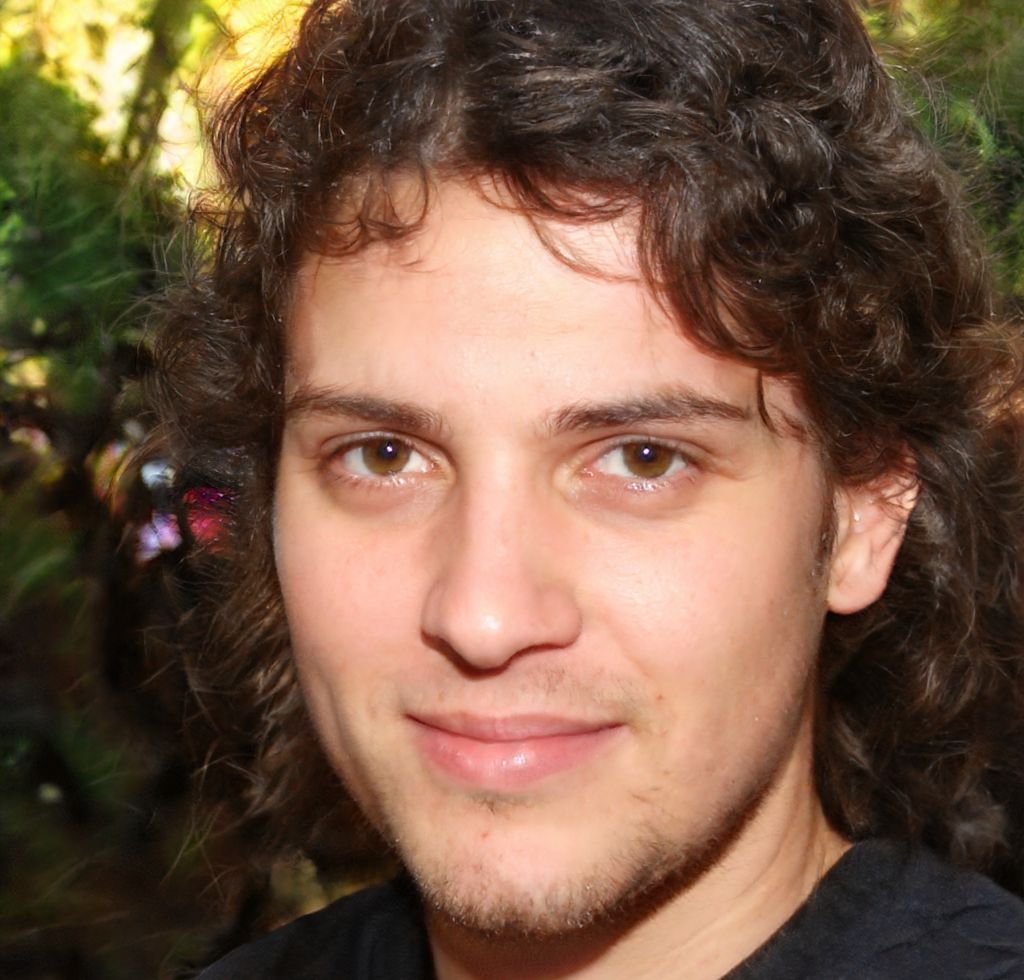Two circles have the following equations: #(x -8 )^2+(y -5 )^2= 9 # and #(x +4 )^2+(y +2 )^2= 25 #. Does one circle contain the other? If not, what is the greatest possible distance between a point on one circle and another point on the other?
The distance between the centers is
graph{0= ( (x-8)^2 + (y-5)^2-9) (( x + 4 )^ 2 + ( y + 2 ) ^2 - 25) [-20, 20, -10,10]}
By signing up, you agree to our Terms of Service and Privacy Policy
Consider the line passing through the middle of the two circles. Explicit answer below.
To deduce in general the maximum of the distance between any two points on two curves is a variational calculus problem, which is quite an advanced technique, and not likely to be what's wanted here.
Fortunately, there's a much simpler way to get to the answer in this case -the maximum distance is found when one draws a line through the centre of the two circles and takes its far intersection with each circle. To see that this is so, consider the triangle inequality; the logic's written out here: https://math.stackexchange.com/questions/437313/maximum-distance-between-points-on-circle
So the maximum distance is the distance between the centres of the two circles plus the radii of the two circles:
As 193 is a prime number, the root does not simplify further.
By signing up, you agree to our Terms of Service and Privacy Policy
To determine if one circle contains the other, we can compare the distance between their centers and the sum of their radii.
For the first circle: Center ( (8, 5) ), radius ( r_1 = 3 ).
For the second circle: Center ( (-4, -2) ), radius ( r_2 = 5 ).
The distance between their centers can be found using the distance formula:
[ d = \sqrt{(x_2 - x_1)^2 + (y_2 - y_1)^2} ]
[ d = \sqrt{(-4 - 8)^2 + (-2 - 5)^2} = \sqrt{(-12)^2 + (-7)^2} = \sqrt{144 + 49} = \sqrt{193} ]
Now, we compare this distance with the sum of the radii:
[ r_1 + r_2 = 3 + 5 = 8 ]
Since ( \sqrt{193} > 8 ), the circles do not contain each other.
To find the greatest possible distance between a point on one circle and another point on the other circle, we need to add the radius of one circle to the distance between their centers, and vice versa. This will give us the maximum distance between any two points on the circles.
So, the greatest possible distance ( D ) is:
[ D = \sqrt{193} + 5 = 5 + \sqrt{193} ]
By signing up, you agree to our Terms of Service and Privacy Policy
When evaluating a one-sided limit, you need to be careful when a quantity is approaching zero since its sign is different depending on which way it is approaching zero from. Let us look at some examples.
When evaluating a one-sided limit, you need to be careful when a quantity is approaching zero since its sign is different depending on which way it is approaching zero from. Let us look at some examples.
When evaluating a one-sided limit, you need to be careful when a quantity is approaching zero since its sign is different depending on which way it is approaching zero from. Let us look at some examples.
When evaluating a one-sided limit, you need to be careful when a quantity is approaching zero since its sign is different depending on which way it is approaching zero from. Let us look at some examples.
- A circle has a chord that goes from #( pi)/3 # to #(4 pi) / 3 # radians on the circle. If the area of the circle is #15 pi #, what is the length of the chord?
- A triangle has sides with lengths of 5, 9, and 8. What is the radius of the triangles inscribed circle?
- A triangle has corners at #(2 ,4 )#, #(6 ,5 )#, and #(4 ,2 )#. What is the area of the triangle's circumscribed circle?
- A circle's center is at #(8 ,1 )# and it passes through #(2 ,5 )#. What is the length of an arc covering #(5 pi ) /6 # radians on the circle?
- A circle has a chord that goes from #( 3 pi)/2 # to #(7 pi) / 4 # radians on the circle. If the area of the circle is #196 pi #, what is the length of the chord?

- 98% accuracy study help
- Covers math, physics, chemistry, biology, and more
- Step-by-step, in-depth guides
- Readily available 24/7
 Avery Allen
Avery Allen Ella Armstrong
Ella Armstrong Sadie Adams
Sadie Adams